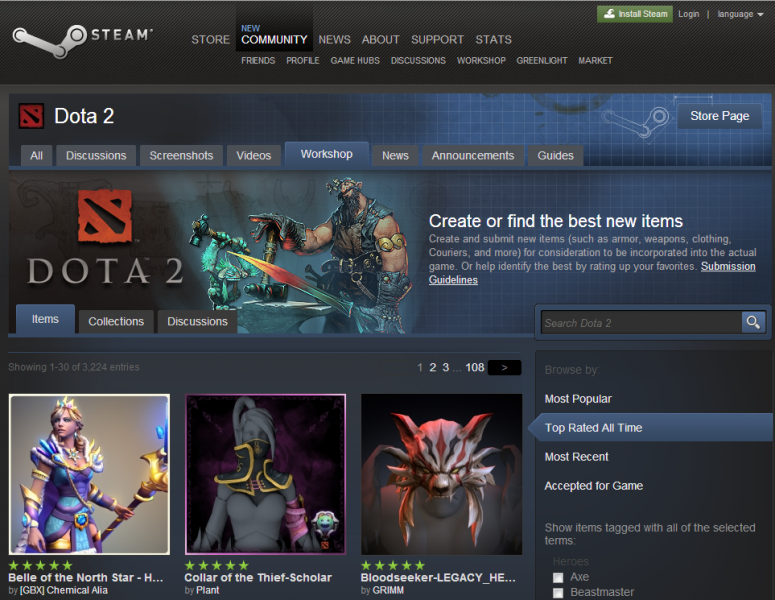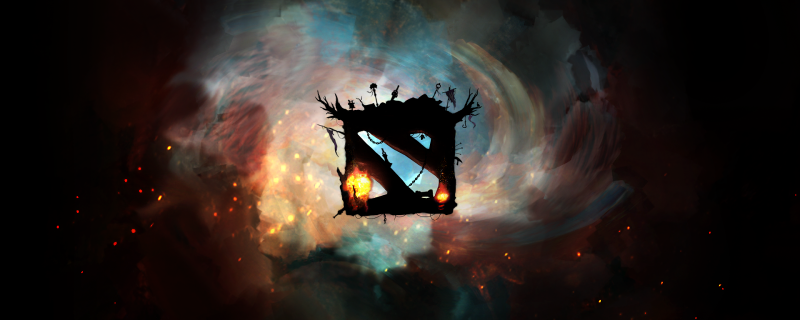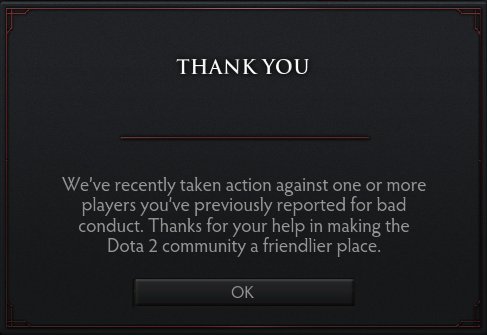
Since its introduction in 2011, Dota 2 has been one of the most popular games. Opening up with a whopping 1 million dollars as its prize pool for its first official tournament, the game’s popularity has grown exponentially ever since—from a handful of players to an average of 568,198 in the last 30 days.
Many questioned Valve’s decision on the million-dollar prize pool for an e-sport tournament, but Gabe Newell’s gamble proved a wise one, as that one million dollars pales in comparison to Valve’s earnings from its annual Dota2 Championship Tournament, The International and the newly introduced Major.
His prescience didn’t benefit Valve alone, but a host of others, including professional players, event organizers, gaming product manufacturers and behind-the-scenes workers. The success stories of players—once referred to as ‘nerds’ and ‘geeks’ – becoming overnight millionaires have inspired kids the world over.
Despite having multiple competitors on the market, including League of Legends, Heroes of Newerth and Overwatch, Valve has managed to keep Dota 2 its number #1 revenue-generating MOBA. Even with a community smaller than League of Legends’, Valve’s marketing strategy keeps Dota 2 players wanting more and more from the game. Last year alone, Valve managed to earn 76.7 million dollars from sales of The Compendium (battle pass), and that’s excluding the three Majors.
With that kind of cash flow, Valve has been able to keep the game fresh and balanced by making periodic changes. Nonetheless, all good things must come to an end and, of course, and Dota2 is no exception. For all its success, the game has tumbled somewhat from its peak and faces an uncertain future due to multiple issues that have arisen. I describe them below.
Dota 2’s reporting system
Like all games, Dota 2 is affected by the toxicity of some players. With the number of cancerous players increasing as I write, Valve continues to ignore calls for a better reporting system to be implemented. Once enjoyable, the game now leaves players stressed and frustrated. I chose the word cancerous for a reason: A player that might not be cancerous at one point could become so as he or she meets other cancerous players and sees them go unpunished.
This becomes critical when they start to believe they can do whatever they want in the game, including intentional feeding because they know that the chances they’ll be punished are very low. Valve is well aware of the issue, but to keep players playing, they decided to let “a few” cancerous players slide. Do the math, however, and you’ll see that few actually means about 23% of the community, a number that will continue to grow if a stricter reporting system isn’t put in place. In fact, short of that, this cancerous cell will multiply exponentially and kill the game in short order.
The MMR system
Valve kept players hooked with its MMR system, which made Dota 2 very competitive game. Players would play game after game, chasing a higher MMR to show their friends how they were outclassing them. With the introduction of the matchmaking system, the game became more competitive, but it also started to suck the fun out of the game. In ranked games, one small mistake by a player could be flamed for the whole duration of the game, leading some to actually stop playing altogether. Everyone plays ranked, but when you do, you get frustrated with your teammates when their silly mistakes become a huge deal. Yeah, and instead of a 5-on-5 game, it’s suddenly 9 on 1.

Although playing ranked games is optional, your MMR value becomes so important that you no longer have a choice. Want to put a Dota 2 player on his or her heals? Ask ‘em “what’s your MMR?”. In fact, so big a deal is this question that it gave rise to smurfing and account buying/selling. It will be sheer frustration that drives players to give up the game altogether. After all, you’re better off declaring how you quit Dota 2 than to have to fess up about your true MMR.
Restricting Workshop Artists
One of the reasons players get so excited about Dota 2 is because of the hero sets and individual items. The sudden rise of the International 5 prize pool when immortal treasure 3 was released clearly proves this. When players think that a certain item is worth spending on, they will and the moment they get it, they want to play that particular hero to experience the new feel. However, Valve has been kind of unfair to these workshop artists, as many sets are made and showcased in the workshop but most of them “rot” there as well.
Some items are really worth having in-game; for example, the “Perennial Giant Set” for Tiny from DotaFX. The set gave Tiny a brand new look as the creator really put painstaking work into the details. However, that Tiny’s look was never approved or even seen by Valve could demoralize workshop artists—or even lead them to stop making items. Numerous Dota 2 workshop artists are now jumping to CS:GO, where they see greater potential to be heard and get their items into the game. How is Valve going to keep the player base if they can’t bring new, fresh concepts into the game? If that were not enough, Valve’s new rule stating that only Valve-released items can have ambient/particle effects has led even more Dota 2 item creators to give up, as they know that what they create can never match what Valve itself brings out.
There are definitely many more problems arising in the Dota 2 community that could potentially kill the game. Do you have anything else in mind? Do you agree with me? Do comment below!


















